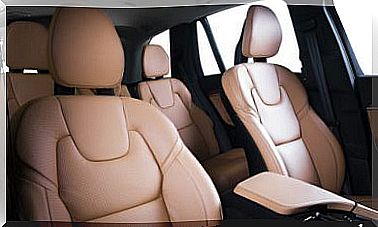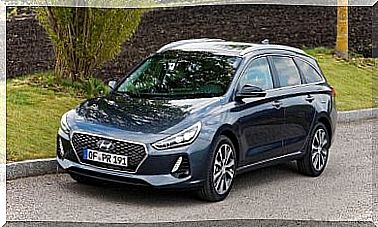What Is Aquaplaning And How To Avoid It
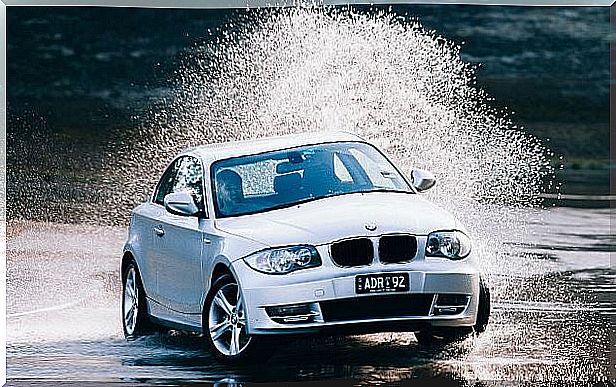
When driving on a wet road in the rain, the car runs the risk of hydroplaning. This phenomenon is due to a loss of grip between the wheels and the asphalt, which can affect vehicle handling and passenger safety.
Causes of aquaplaning
This phenomenon of loss of grip occurs especially when driving on a wet road due to the effect of rain and high speed is combined. That the vehicle is hydroplaning is due to two main factors.
The first of these is the thickness of the water film on which the vehicle circulates. A road with a lot of water will cause the thickness of this film to increase, which will increase the chances of losing control while driving.
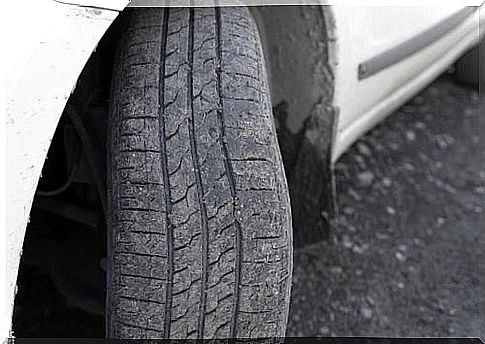
On the other hand, there is the speed of the vehicle. Riding at high speeds reduces tire grip, which increases the chances of hydroplaning.
Also, if the wheels are not in good condition, the risk is even higher. Therefore, the first factor to take into account to reduce the chances of this happening is to choose good tires for the vehicle.
The loss of grip is caused by water seepage between the wheel and the asphalt, which greatly reduces the friction force that the vehicle exerts on the ground. The loss of this force not only prevents good steering control, it also affects effective driving.
How to avoid aquaplaning
On rainy days, the best way to increase road safety is to moderate your speed. It is also advisable to avoid sudden accelerations and braking, as well as too forced changes of direction.
The phenomenon of aquaplaning is especially common on curvy sections, so it is essential to brake slowly before reaching a curve and carefully control the direction.
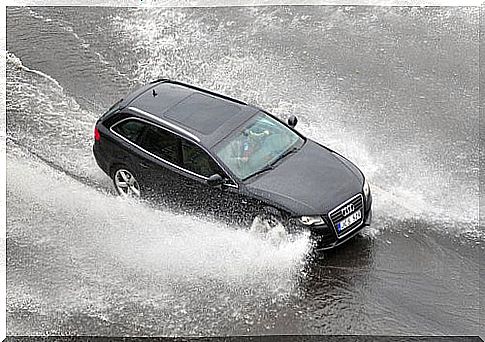
However, it is also possible to suffer loss of grip on straight sections. In these cases, it is best to do nothing more than hold the steering wheel still and gently release the accelerator.
As we have mentioned, the water present under the wheels reduces the friction of the car with the ground, but in this case the vehicle will slow down little by little as it loses inertia.
In the case of curves, along with the aforementioned, it is important to turn the steering wheel just enough to trace the trajectory of the curve. It is essential not to turn more than necessary until the vehicle regains grip. Otherwise, we could contribute to the loss of grip and end up having an accident.
Driving on wet terrain is a common cause of traffic accidents. Given this, staying calm and not resorting to swerving or accelerating will be essential factors to avoid dangers.
Aquaplaning prevention
With good vehicle maintenance, a lot of problems and risks can be avoided. In addition to choosing good tires, it is important to check that they are kept at an adequate pressure. It is best to avoid cheap or private label tires.
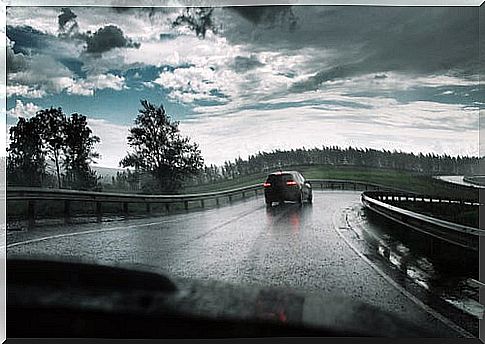
The usual speeds to be encountered with aquaplaning are around 75 and 80 km / h, and a good condition of the wheels will reduce the risks considerably. Also, a common thought is that wider tires will improve road grip.
However, this is not entirely true, as a greater width of the wheel will make it difficult for water to evacuate, which can lead to these dangerous loss of grip.
Finally, we summarize some tips to prevent aquaplaning and reduce its dangers:
- Anticipate the amount of water on the road, paying attention to the weather or the possibility of rain before the journey.
- Avoid accelerating, braking and sudden changes of direction.
- Never depress the brake pedal if you are hydroplaning. It is best to let the vehicle slow itself.
- Check the condition of the tires frequently. Old and damaged wheels will dangerously reduce your grip, even on dry ground.
- Always fit the tires recommended by the manufacturer. These will be best suited to the characteristics of the car and will increase road safety.
- Avoid using wide tires. Those of smaller width allow a better evacuation of the accumulated water under them.



